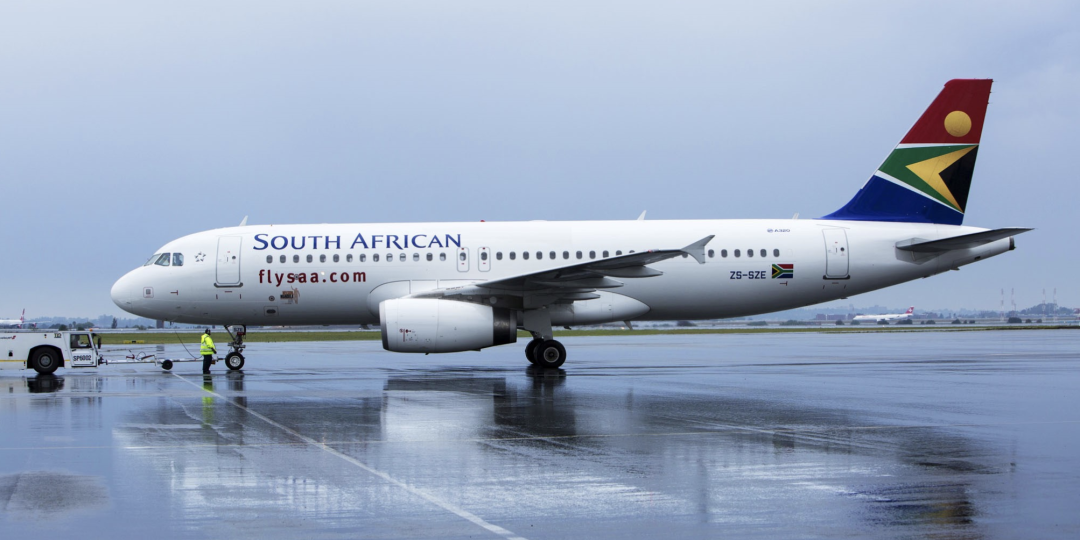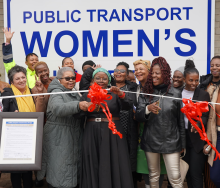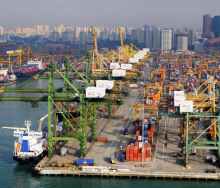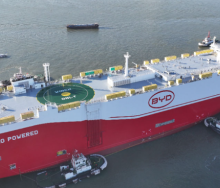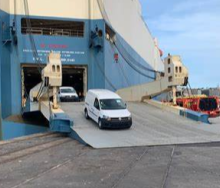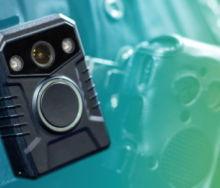SA Weather Service’s (Saws) operations have been hampered by load shedding and other challenges but has solutions to keep its critical services to the aviation and other key sectors online.
Saws CEO, Ishaam Abader, said this week that while there was no need for concern, its office’s activities were being hit by negative factors for the third time.
He said the first was the impact of Covid-19, which curtailed air travel and consequently its income, the second was load shedding and the latest threat was theft of its renewable energy equipment at its new sites that had been set up to mitigate the effects of erratic power supply. He said thieves have been targeting the solar powered sites to steal batteries and solar panels.
Speaking on Radio 702, Abader said Saws had managed to fulfil its weather mandate, despite these difficulties, which were highlighted by board chair Nana Magomola who presented the service’s 2022/23 annual report to parliament’s portfolio committee on forestry, fisheries & the environment on Wednesday.
Difficulties experienced included instrument failures and faults at many weather stations, load shedding, local power supply issues and power surges, which caused damage to instruments.
Load shedding had also led to prolonged downtime as instruments require between 30 minutes and four hours to calibrate and stabilise once power is restored, he said.
“We have moved critical infrastructure to secure alternative sites, using solar power to make sure that we can meet our obligations, but that presents its own problems with security as there has been a spike in theft of solar panels and batteries,” he explained.
Regarding its second responsibility, to monitor air quality, Abader said this service had also been affected. He said results from priority area air quality stations sometimes cannot be used as they are incomplete. To address this, the weather service aims to relocate some of the stations to areas with a more stable electricity supply.Abader said the percentage availability of global atmospheric watch infrastructure achieved was 78% against a target of 85%.
“Load-shedding exceeded our backup power solutions, significantly affecting the data recovery of the greenhouse gas instrumentation.”
Due to power interruptions the percentage availability of radar infrastructure was only 52% against a target of 75%.
He assured legislators that despite these challenges, services provided by SAWS were not affected.
“We have a cross-functionality with the provision of these services. We don’t rely solely on one set of instruments to do our forecasting and weather predictions. When the radar is not optimally functional, we can use other means such as satellites and the lightning detection network to provide services,” he said.
Given the impact of load-shedding on its infrastructure and instruments and the loss of some “key clients”, revenue from nonregulated commercial partners was about R2m below budgeted revenue of R27m.
“Revenue from our forecast products is linked to the uptime of the radars, which were affected by load-shedding,” he said.
Covid-related travel restrictions deprived the weather service of revenue as income from the aviation sector dropped from R128.49m in 2019/20 to R32.51m in 2020/21.
The organisation states in its annual report that in 2022/23 aviation revenue increased 40% from R79m to R110m year on year. It expects aviation revenue to recover to pre-Covid levels by 2024/25.
